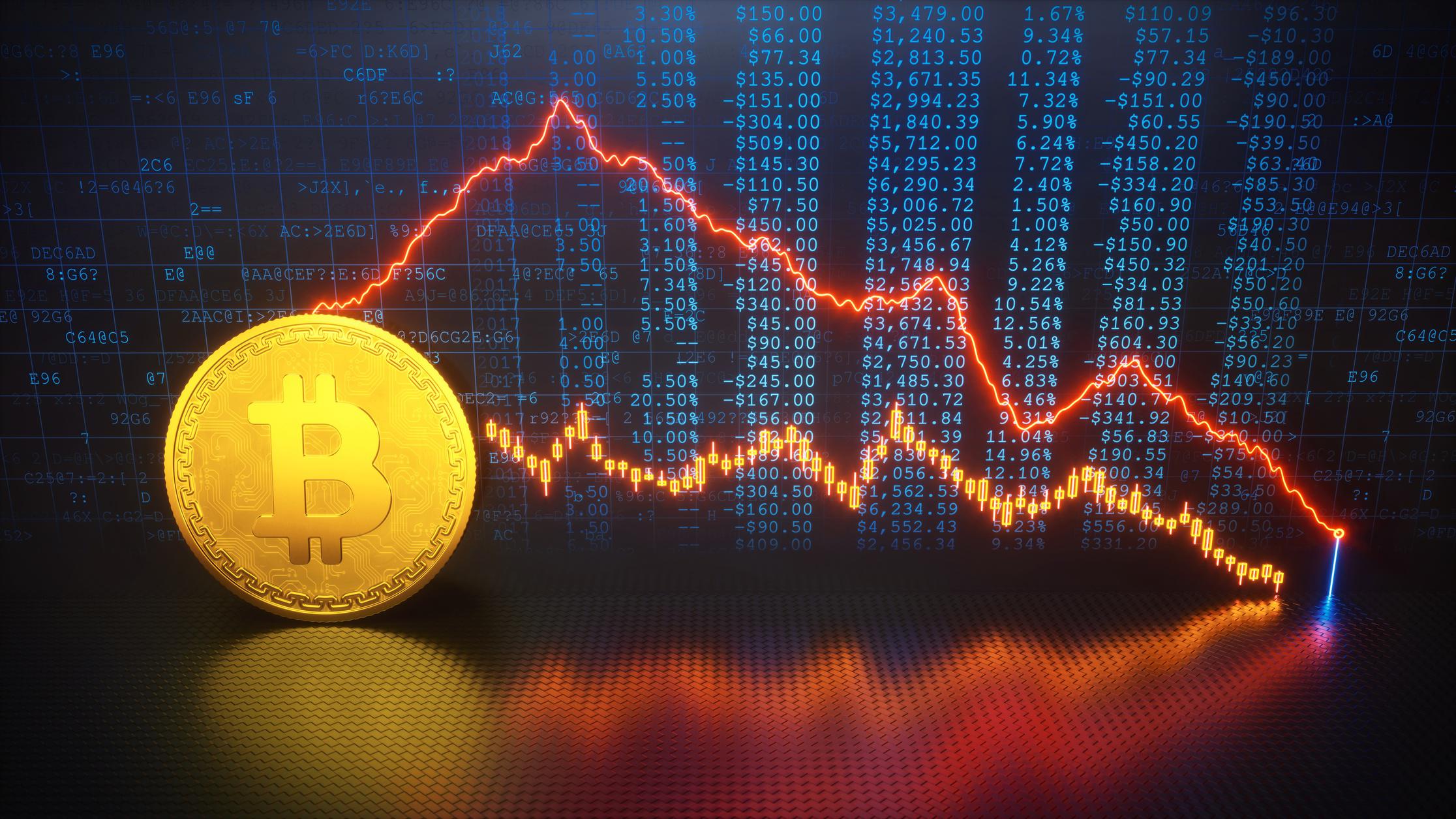Over the past three months, bitcoin has fallen from a high of $47,000 to about $22,000 today.
Cryptocurrencies are famous for their wild price swings, and in their short history, they’ve gone through multiple cycles of scorching-hot summers followed by frigid, long winters. The last downturn began in early 2018 and lasted about two and a half years.
Over the past three months, with inflation spiking and recession concerns spreading, bitcoin has dropped from a high of $48,000 to roughly $21,000. Today, some top investors think we’re in for another painful, extended period of low prices.
“The next two years are going to be really rough,” says Avichal Garg, a managing partner at Electrical Capital, a crypto investment fund with more than $1 billion in assets. His fundamental views on the industry’s promise haven’t changed. “New software developers are coming in, and we’re seeing more and more high-quality founders. We see Web2 executives from Facebook and Google coming in at a faster clip,” he says. But one big factor has backers particularly nervous: “It’s the first time that crypto and Web3 has existed in a macroeconomic bear-market environment, where there’s potentially a recession happening next year,” Garg says. (Bitcoin was created in early 2009, shortly before the Financial Crisis ended.)
Alex Pack, a managing partner at Hack VC, a $200 million (assets) crypto venture fund, agrees. “One to two years is what everyone is saying … And that’s what we are telling our portfolio companies–make sure you have two years of runway.”
Beyond broader economic worries and the recent collapse of “stable coin” TerraUSD, major doubts have spread about crypto lending platform Celsius. After it recently froze withdrawals, many are questioning its solvency. “Always be skeptical, even in a bull market, when any of these platforms are promising really high interest rates,” says Linda Xie, co-head of crypto fund Scalar Capital. “Sometimes this sounds too good to be true, and that’s because it is. There may be a lot of leverage and high-risk activity going on behind the scenes.”
Despite the many reasons for apprehension, crypto investors seem to be more optimistic so far than they were during the last downturn of 2018 to 2019. “There was a genuine worry among many investors and builders that crypto as an asset class wouldn’t come back from its 2017 highs,” Pack says. That fear evaporated in December 2020, when bitcoin topped $20,000. Pack and Xie think the industry is in a stronger place now because there are more cryptocurrency use cases and users. For example, digital art NFTs (nonfungible tokens) have attracted millions of buyers. “Decentralized finance” applications, such as software that lets people earn interest on deposits, have grown steadily, although some have also flamed out in a spectacular fashion.
What needs to happen for prices to bounce back? The stock market needs to recover, some say. “We would need to see equities turn around before real capital flows back to bitcoin,” says Joshua Lim, a managing director and head of derivatives at crypto prime brokerage Genesis. Tarun Chitra, a digital asset investor and the CEO of crypto risk-modeling startup Gauntlet, has a similar view: “I expect crypto and growth equities to continue to be correlated for 12 to 18 months.”
Author
Administraroot


